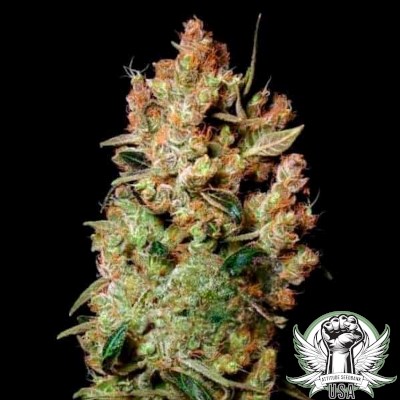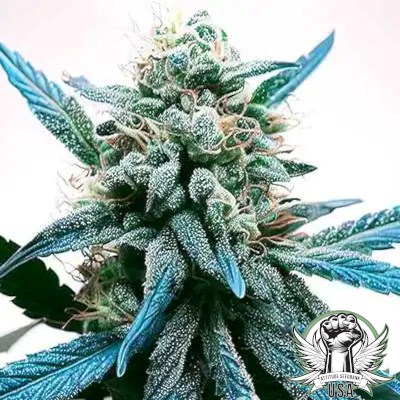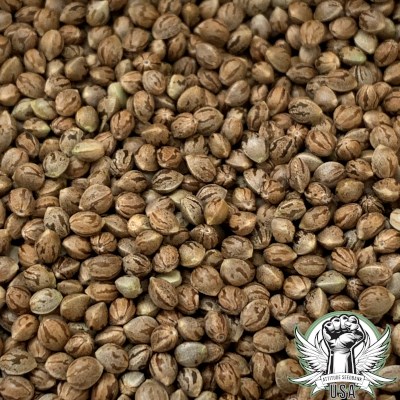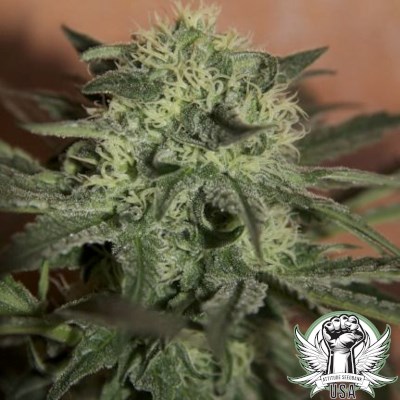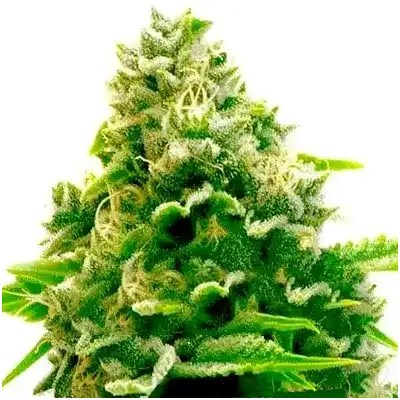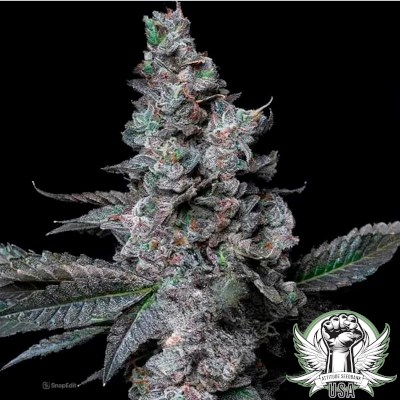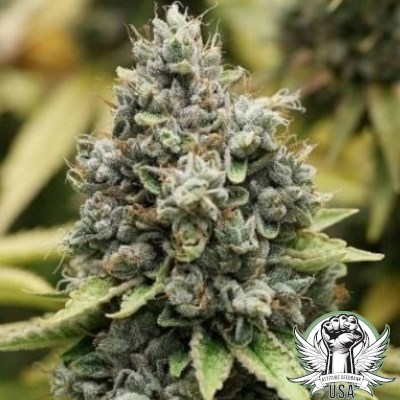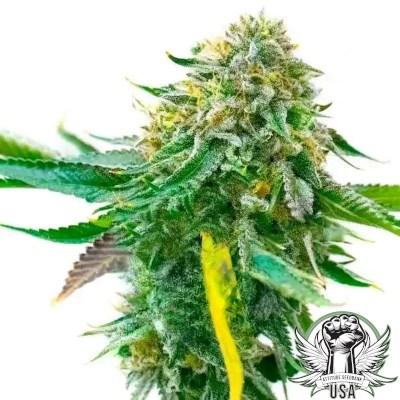
562-786-6918
800-763-1315
800-763-1315
White Widow Seeds
In Stock
Feminized Cannabis Seeds
$9.00

$120.00

 Add to Cart »
Add to Cart »
Quantity:
Freebies with every order over $25
Discreet packaging
Fast USA based shipping
Stackable promotional offers
Delivered in original breeder packaging
Call to speak with a human
Monthly, breeder and payment option promotions
Gift cards available
Clones and snips available
White Widow Feminized Cannabis Seeds in Bulk
Genetic Background
White Widow seeds are among the most iconic and widely recognized cannabis genetics in the world. Originally bred in the Netherlands, White Widow is the result of a carefully selected Brazilian sativa landrace crossed with a potent South Indian indica known for its resin production. This hybrid brought a new level of trichome density and structural balance to the cannabis scene when it first appeared over 25 years ago. The original version, preserved and offered by reputable European seed banks, continues to stand the test of time in both commercial and personal cultivation. Its genetic legacy has influenced numerous other popular strains, including White Rhino, White Russian, and Blue Widow, yet many cultivators still prefer growing classic White Widow seeds for their consistency and pedigree.Flavor and Aroma
White Widow delivers a uniquely layered sensory profile that appeals to growers and connoisseurs alike. The flavor leans earthy with a smooth, natural tone that features woody undertones and a light spiciness on the exhale. A subtle sweetness rounds out the profile, occasionally revealing faint citrus or pine notes depending on phenotype and cure. In terms of aroma, White Widow emits a fresh and floral bouquet with herbal complexity, underscored by a rich base of musk and damp earth. These characteristics make White Widow seeds especially popular among growers looking to produce flower with both old-school authenticity and refined aromatic appeal.Flowering Time
White Widow seeds develop into plants that flower rapidly, making them an excellent option for growers seeking quality results on a manageable timeline. Indoors, flowering typically completes in about 8 weeks, which is relatively short for a strain of this caliber. This efficiency allows for faster harvest cycles while still delivering resin-rich, well-formed buds. The plant transitions smoothly from vegetative growth into flowering, with minimal stretch and strong, symmetrical branching that supports uniform bud development across the canopy.Outdoor Harvest Window
When cultivated outdoors, White Widow is generally ready for harvest by mid-October. This outdoor timing aligns well with the natural sunlight cycles in temperate climates, allowing the plant to complete its flowering phase before the onset of fall rains or cooler temperatures. Growers in regions with long summers often find White Widow to be a reliable performer, delivering visually striking, crystal-coated flowers just before the season turns.Plant Structure and Growth Habits
White Widow plants grown from seed typically display a medium height with a compact and bushy stature that reflects its indica-leaning structure. Despite its modest vertical growth, the plant exhibits vigorous lateral branching and sturdy limbs capable of supporting dense, trichome-covered buds. This makes White Widow a good candidate for SCROG and other training techniques aimed at maximizing canopy coverage. The plants develop a thick coating of resin late in the flowering period, which contributes to the strain’s enduring popularity among cultivators and breeders.Cultivation Environments
White Widow seeds thrive in both indoor and outdoor growing environments, offering excellent adaptability and performance across various setups. Indoors, the strain flourishes in soil or hydroponic systems, particularly when environmental conditions are kept stable. Outdoors, it performs well in warm climates with plenty of sunshine, but it can also adapt to cooler environments with shorter growing seasons thanks to its early flowering timeline. Whether grown in greenhouses, tents, or open-air gardens, White Widow maintains its resilience and produces consistently high-quality yields.Seed Type and Availability
White Widow seeds are available in feminized format, providing growers with the assurance of producing all-female plants. This option simplifies the growing process and eliminates the need for sexing, making these seeds suitable for cultivators of all experience levels. White Widow seeds are also offered in bulk, making them an appealing choice for commercial operations or large-scale grows. The genetic reliability, aromatic depth, and efficient flowering cycle of these seeds contribute to their ongoing demand in both small gardens and professional facilities.Yield and Flower Quality
Though compact in stature, White Widow offers a generous yield. Indoor cultivators can expect substantial returns with proper training and care, while outdoor growers may achieve larger plants with more expansive branching. The buds are known for their dense structure and extreme trichome coverage, often giving the flowers a frosty, white appearance that inspired the strain's name. The combination of visual appeal, rich aroma, and dependable results ensures that White Widow seeds continue to be a staple for quality-focused growers.Strain Specifications
Genetics: Brazilian Sativa x South Indian Indica
Flowering Time: 8 weeks
Type: Mostly Indica
Area: Indoor / Outdoor
Seed: Feminized
- Genetics: Brazilian Sativa x South Indian Indica
- Sex: Feminized
- Flowering: Photoperiod
- Type: Mostly Indica
- Height: Short to Medium
- Area: Indoor & Outdoor






